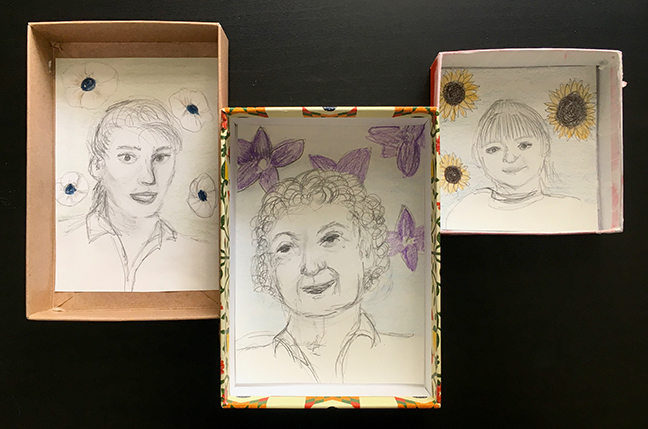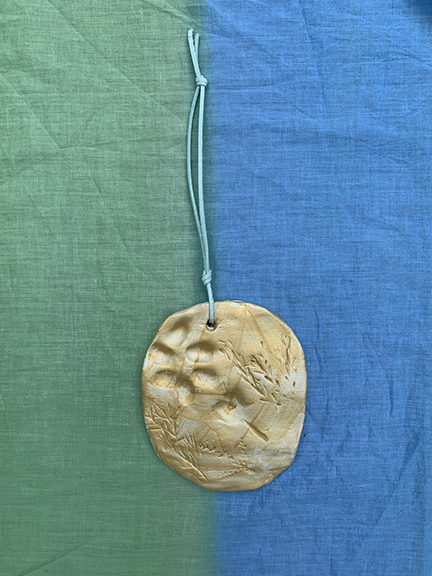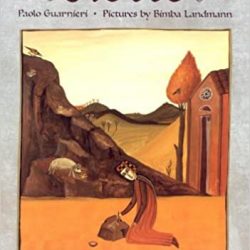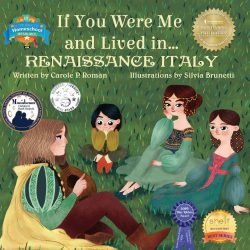Family Activities for Giotto’s Peruzzi Altarpiece (Quick Tip)
Family Activities for Giotto’s Peruzzi Altarpiece
By Courtney Klemens, Manager of Family Programs, and Emily Perreault, Pre–K Programs Educator
Create

Multi-frame portrait. The Peruzzi Altarpiece is a painting divided into five sections, each painted on a different panel, with a frame around them. These frames help us notice details in each figure separately while joining all of them together in one work of art. Create a portrait of your friends or family using this idea. Use small boxes (a gift box will do) or cut rectangles from shiny paper to act as your frames. In each frame, paste a drawing or painting of a loved one. You may want to include an attribute (a special object that can identify the person) in each portrait, just as Giotto does! Then, use a heavy-duty glue like hot glue or Tacky glue to join the boxes; or paste your paper frames onto a bigger piece of paper.

Meaningful spaces. Giotto’s altarpiece is a sacred object originally made for the Peruzzi family’s chapel in the church of Santa Croce in Florence. The chapel is a space filled with paintings and sculptures that held special meaning for the family and showed others their values. What objects are special to you and your family? Make a space in your home where you can display artworks, books, or other collected treasures that bring feelings of serenity, love, or thoughtfulness. You might choose a shelf, a window ledge, or even someplace unexpected!

Golden medallions. A special material used to create the altarpiece is gold leaf: thin sheets of pure gold! Imagine looking at this work of art by candlelight and watching the surfaces behind the figures flicker and glow. You can experiment with gold paint to make your own glowing medallion. Start with a small handful of air–dry clay and press or roll it into a disc. Decorate your medallion by pressing natural materials or other textured elements into your clay; then remove them to leave impressions. Don’t forget to poke a hole so you can hang the medallion with a string or ribbon. Cover the whole surface, or just the marks, with gold paint, and let it dry. Hang it somewhere special and watch how light hits the surface at different times of day.
Read
- A Boy Named Giotto by Paolo Guarnieri, illustrated by Bimba Landmann. The master painter Cimabue finds the shepherd boy Giotto drawing a lifelike impression of a sheep on a rock. Impressed by Giotto’s skill, Cimabue invites Giotto to study in his Florentine workshop and teaches him how to mix paint and paint frescoes. Download a free digital copy of this book here.
- If You Were Me and Lived in … Renaissance Italy by Carole P. Roman, illustrated by Silvia Brunetti. This book’s appealing blend of history and imagination makes you feel as if you’ve stepped into the world of 15th-century Italy to understand what daily life was like.
- Superluminous by Ian de Haes. Nour (from the Arabic word for “light”) is born with a luminous glow, a quality you can also see in the Peruzzi Altarpiece. This book encourages us to celebrate whatever makes each of us glow!



